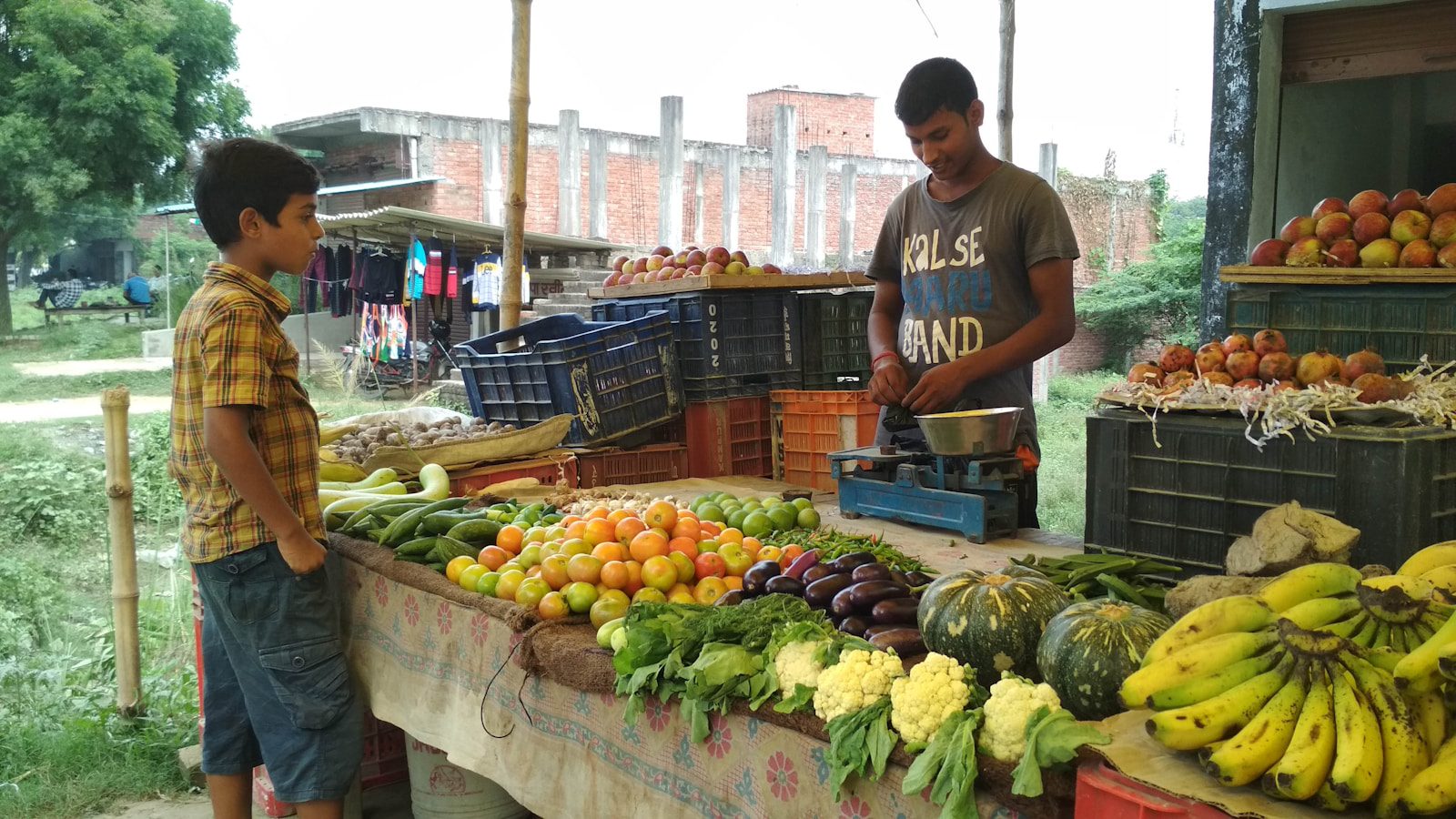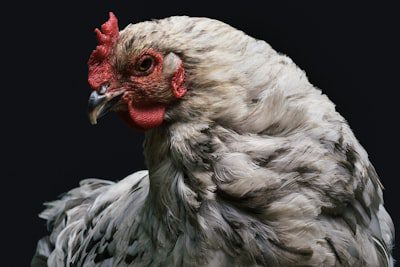Consumer inflation in South Africa rose to 3% in June, largely driven by higher food prices. This in-depth analysis explores the causes, consequences, and future outlook for the economy and everyday citizens.
✍️ 1. Introduction
In June 2025, inflation ticks up to 3% in June on the back of higher food prices — a headline that captured the attention of economists, policymakers, and consumers alike.
For months, inflation in South Africa had remained relatively steady, sitting at 2.8% in April and May. However, the latest consumer price index (CPI) release marked a notable uptick, signaling emerging risks in the economic landscape.
While inflation remains within the South African Reserve Bank’s target range of 3% to 6%, the sudden rise — fueled primarily by food — raises critical questions: Why is this happening now? What does it mean for consumers? And how might it shape future monetary policy?
This article unpacks the data, investigates the root causes, and explores possible responses as South Africa grapples with a shifting inflationary trend.
📈 2. Inflation Reaches 3% in June: A Snapshot
According to Statistics South Africa, the annual inflation rate rose to 3% in June 2025, up from 2.8% in the two previous months. On a month-to-month basis, prices were up by 0.3%, compared to a 0.2% increase in May.
The most significant driver? Food and non-alcoholic beverages, which climbed to a 15-month high of 5.1%, contributing 0.9 percentage points to the headline figure.
Alcoholic beverages and tobacco added another 0.2 points, while housing and utilities inflation accelerated to 4.4%, contributing a full 1 percentage point.
Notably, transport was the only category that dampened overall inflation, subtracting 0.5 percentage points, largely due to slowing petrol price decreases.
For full CPI data and detailed breakdowns, see the official Stats SA June CPI release.
🥫 3. The Food Price Surge: Why Are Groceries More Expensive?
The heart of the inflationary spike lies in the grocery aisle. Across South Africa, households are noticing rising costs on staples like bread, maize meal, meat, and fresh produce.
Several key factors are contributing to this trend:
- Climatic Variability: Lower-than-average rainfall has impacted domestic crop yields, particularly for maize and wheat — both crucial staples in the South African diet.
- Supply Chain Bottlenecks: Disruptions in logistics and distribution, especially around key ports like Durban, have delayed food imports and increased costs across the supply chain.
- Weaker Rand: A volatile exchange rate means imported goods cost more. With the rand depreciating against the U.S. dollar, global food imports become pricier — a cost passed onto consumers.
- Geopolitical Uncertainty: International factors, including global commodity price volatility and trade tensions, continue to exert upward pressure on food prices.
These issues compound into a significant cost-of-living pressure, particularly for the country’s most vulnerable.
👪 4. How South African Families Are Feeling the Pressure
South African households are increasingly struggling to keep up with the rising cost of living, especially when it comes to basic food items. For many families, monthly grocery budgets are under strain, forcing difficult choices about what to buy — and what to sacrifice. The emotional and financial toll is growing, as consumers find themselves adjusting meal plans, cutting out non-essentials, and seeking cheaper alternatives. A recent survey highlights how South Africans are now trimming their grocery expenses, revealing a nationwide shift toward survival-based shopping behavior. This day-to-day reality illustrates just how deeply inflation is reshaping household priorities and fueling public anxiety.
🏦 5. The Reserve Bank’s Dilemma: Cut Rates or Hold Steady?
The South African Reserve Bank (SARB) now faces a familiar yet complex challenge: how to balance inflation control with economic stimulation.
In June, the SARB cut the repo rate by 25 basis points, bringing the cumulative reduction this year to 100 points. With inflation still below the midpoint of its 3–6% target range, there’s room for further easing.
However, the recent uptick in food-driven inflation complicates this outlook. If inflation continues to climb, even modestly, it may discourage further rate cuts in the near term.
According to Nedbank economists, the central bank will likely opt for one more small cut in July, followed by a prolonged pause to assess market dynamics.
🔮 6. Inflation Outlook: A Passing Spike or a Growing Threat?
Forecasting inflation is notoriously difficult, especially in volatile environments like South Africa’s. Still, experts see reasons for both optimism and caution.
On the positive side:
- The rand has shown unexpected resilience, easing the cost of imports.
- Global oil prices are trending lower, reducing fuel-related inflationary pressure.
- Domestic supply chains are beginning to recover post-pandemic.
However, concerns remain:
- Food prices may continue to climb if weather conditions worsen or if transport disruptions persist.
- Wage negotiations in key sectors could feed into cost-push inflation.
- Political instability or international commodity shocks could reignite broader inflationary trends.
At this point, most analysts agree that inflation will remain contained, but not immune to further shocks — especially in food and energy.
🛠️ 7. Strategies to Mitigate Rising Prices
While much of the inflationary pressure originates globally, there are steps the South African government and private sector can take to protect consumers.
| Strategy | Expected Impact |
|---|---|
| Support Local Agriculture | Reduce dependence on imports and lower food costs |
| Invest in Supply Chains | Improve logistics efficiency and cost-effectiveness |
| Strengthen Social Grants | Help low-income households weather price increases |
| Maintain Transparent Monetary Policy | Build public trust and market stability |
Additionally, enhancing food storage infrastructure and maintaining strategic reserves could buffer against future food supply shocks.
✅ 8. Conclusion: Charting the Path Forward
The fact that inflation ticks up to 3% in June on the back of higher food prices may seem modest in raw numbers, but it reflects deeper challenges facing the South African economy.
With food prices rising and uncertainty lingering over global markets, inflation management must be both proactive and adaptive.
Consumers, especially in lower-income brackets, are already feeling the strain. Policymakers must now act decisively — not only through monetary policy but also through structural reforms that address food security, logistics, and market transparency.
South Africa has weathered worse storms. But ignoring the current signs could lead to greater economic hardship down the line.
It’s time to take inflation seriously — not just as a statistic, but as a social and economic reality affecting millions every day.
📚 Table of Contents:
- Introduction
- Inflation Reaches 3% in June: A Snapshot
- The Food Price Surge: Why Are Groceries More Expensive?
- How South African Families Are Feeling the Pressure
- The Reserve Bank’s Dilemma: Cut Rates or Hold Steady?
- Inflation Outlook: A Passing Spike or a Growing Threat?
- Strategies to Mitigate Rising Prices
- Conclusion: Charting the Path Forward




